Now that the elephants are gone, what exotic animals remain in the Mendoza Ecopark, and how do they work?

Kenya Ecopark 1
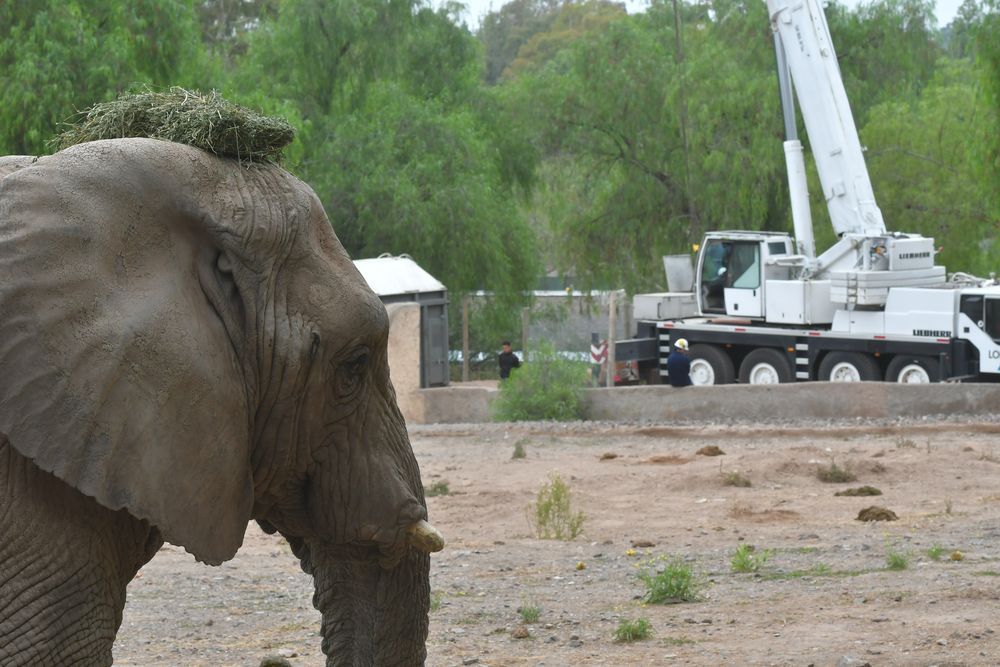
Zebras, antelopes, capra monkeys, camels, monkeys, and deer are the exotic animal species still found in the Mendoza Ecopark . There are nearly 500 of these species in total, and the work is aimed at placing them up for responsible adoption —in specific cases and following rigorous protocols —or improving their enclosures on the property to optimize their living conditions in captivity.
Of the exotic animals that inhabit the Mendoza Ecopark , the largest number are deer (more than 200 specimens ). Divided by type, 88 are white deer , while 73 are painted deer . In addition, there are 40 red deer and 11 axis deer, the animal that became immortalized as the inspiration for the Disney character, Bambi .
Although the male and female specimens in the painted and red deer enclosure are still kept in the same space , vasectomy and orchiectomy procedures have begun to prevent further reproduction in captivity.
Tigreza Lucy Ecopark 1
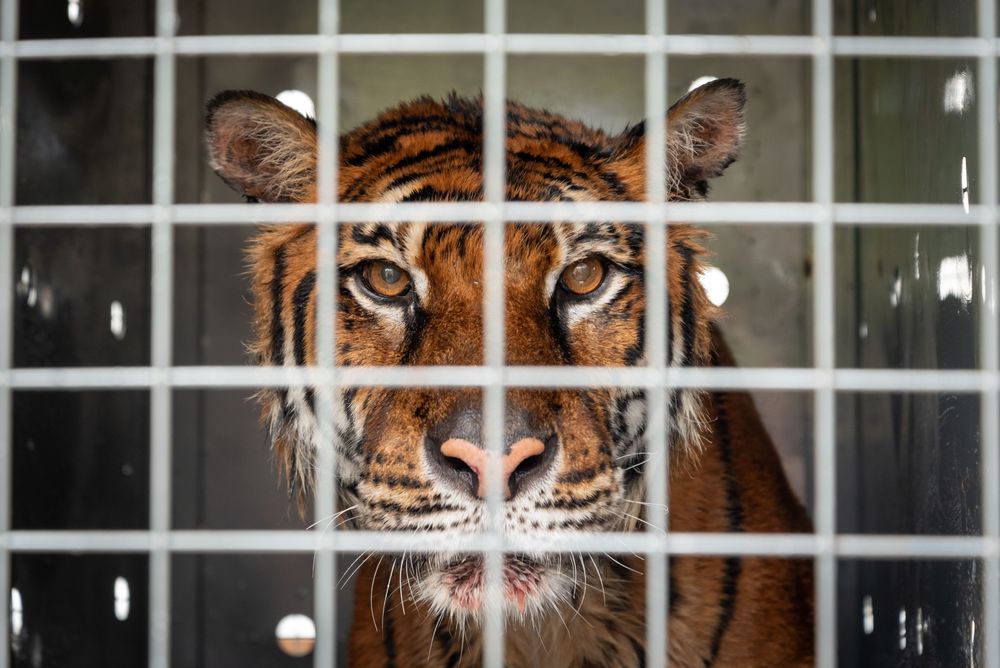
"With the deer, we will continue working on responsible adoption programs to send them to different proposed sites, but guaranteeing maximum security protocols . For example, they will be sent already neutered (ensuring that they do not become invasive species) to safe places that are not designated as hunting reserves ," Haudet described.
Among the most striking exotic animals —and not exactly the most populous on the property located on the edge of Cerro de la Gloria—are 12 zebras, 16 camels, 20 antelopes, and 16 eland antelopes . These specimens have been separated into different enclosures, ensuring their continued reproduction.
In the case of zebras and capuchins , taking into account that they are excluded from responsible adoption programs, there are several specimens and they are not under pressure to survive, the focus is on modifying and improving the enclosures of the same Ecopark where they are currently living.
Baduinos Ecopark 3
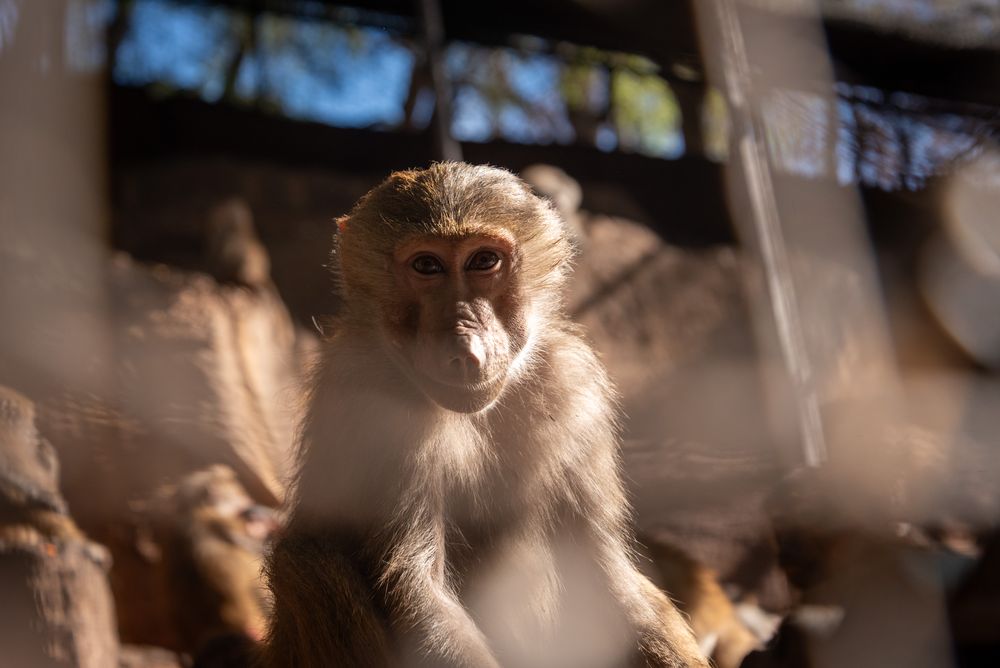
As Haudet explained, the idea is to take advantage of the departure of the elephant Kenya to adapt its enclosure and divide it into a space for camels , on one side, and for zebras on the other (although there is also a possibility of allocating a sector to function as a condor rehabilitation center ).
The idea is to keep open the enclosure that until a few weeks ago belonged to the African elephant and install tubing-type structures.
Baduinos Ecopark 1
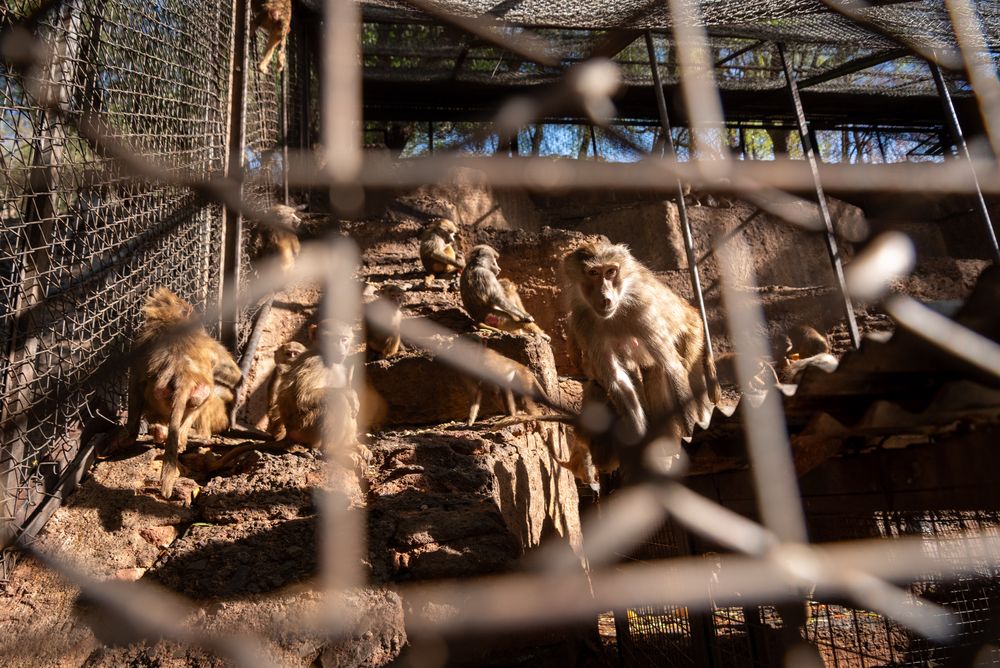
In addition to these animals , who could be considered permanent residents of the Ecopark , there is a permanent, temporary influx . Many exotic species rescued in various wildlife trafficking operations pass through the site before being transferred to sanctuaries and reserves throughout the country, with the aim of being reintroduced into their habitat.
The baboon monkeys and their renovated enclosureNearly 200 baboons , also known as papion monkeys , live in the Mendoza Ecopark . For years, they lived in leaky cages , so virtually no one was surprised to see them wandering the park's inner streets or swarming among the tall trees , free and just a few meters from humans.
Baduinos Ecopark 7
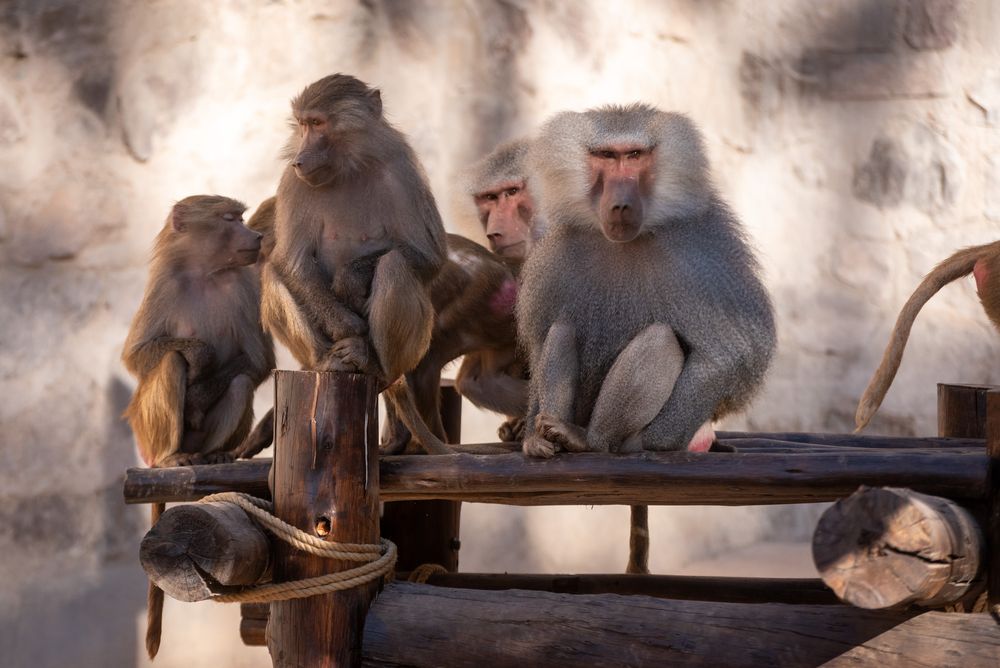
All of these primates were moved in recent years to an impressive space that was prepared for them.
"A spectacular new enclosure was built, occupying the entire former giraffe farm . It's an open-air enclosure with radiant heating and a veterinary clinic . The males are also undergoing vasectomies to prevent further reproduction," said Ignacio Haudet.
Baduinos Ecopark 4
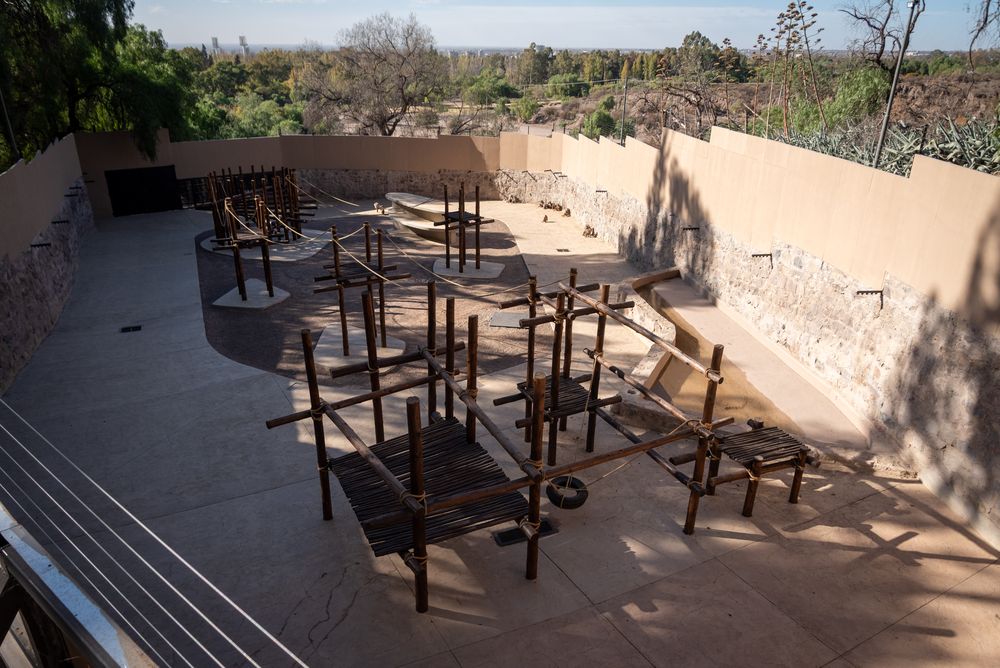
While everyone is talking these days about Kenya and her predecessors, Pocha (RIP) and Guillermina —all of whom were transferred to the Elephant Sanctuary in Brazil in 2022 —there was one emblematic case in Mendoza . This animal obtained a court ruling that allowed it to be considered a "subject of law, not an object," which led to its transfer to a sanctuary in São Paulo and literally opened the doors to other species in the Ecopark .
This "main actress" was the chimpanzee Cecilia , who on April 4, 2017 became the first of the animals from the former Zoo converted into an Ecopark to obtain judicial authorization to be transferred to the Chimpanzee Natural Sanctuary (Sorocaba, São Paulo) .
Cecilia, the chimpanzee who "opened the door" to the animals at the Ecopark. Photo: Claudio Gutiérrez / Los Andes.
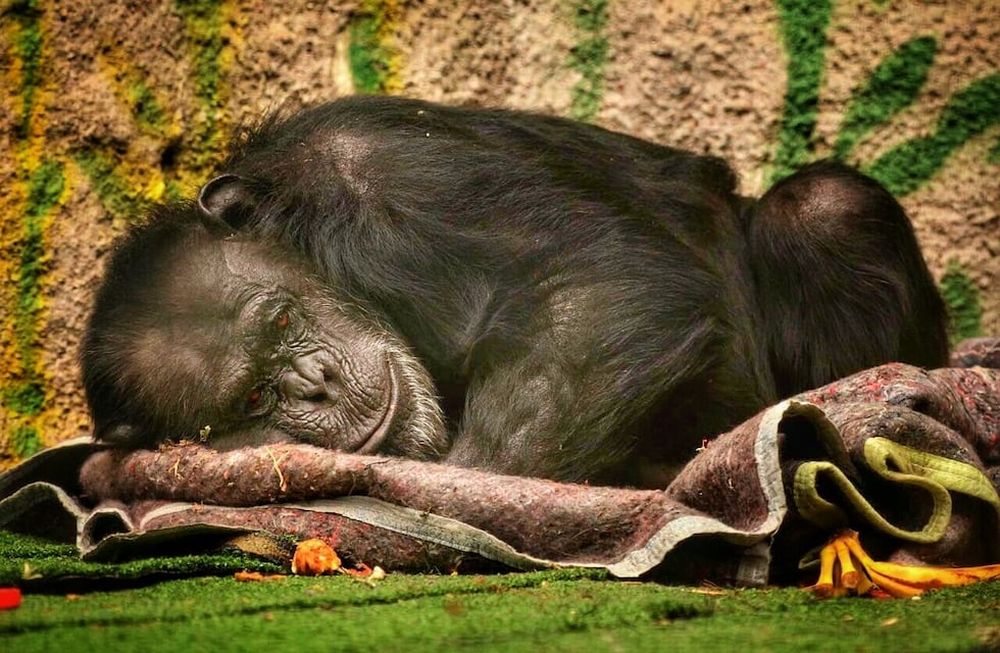
Cecilia, the chimpanzee who "opened the door" to the animals at the Ecopark. Photo: Claudio Gutiérrez / Los Andes.
Getting there wasn't easy for the primate, as there was strong resistance —even from those who had worked at the old Zoo and cared for her—to allowing her to continue her life in an environment more suited to her habitat. But the Ecopark Law and the court ruling authorizing Cecilia 's trip set a precedent and paved the way for this.
Cecilia was born in the former Mendoza Zoo . She lived in a small cage for more than 20 years , a period in which she never even came close to knowing what freedom was. After the death of the polar bear Arturo (2016) , the then zoo accelerated its conversion into an Ecopark .
The Ecopark project—from its foundations—included the proposal to send animals to sanctuaries or specialized centers (not zoos). So, once it was passed into law , the proposal to relocate the remaining exotic animals to these centers, with conditions closer to their natural habitat, also began to take shape.
Chupino, the lion kingWhile Chupino was born in her monotonous enclosure located in the foothills of Mendoza , Salteña had been rescued from a circus in the province of Salta (hence her name).
In September 2018, the lion Chupino left his dirt and stone enclosure located in the former Mendoza Zoo to begin a new life at the WildCat Sanctuary in Minnesota (United States). The changes in his life were remarkable, from the physical (muscles) to the
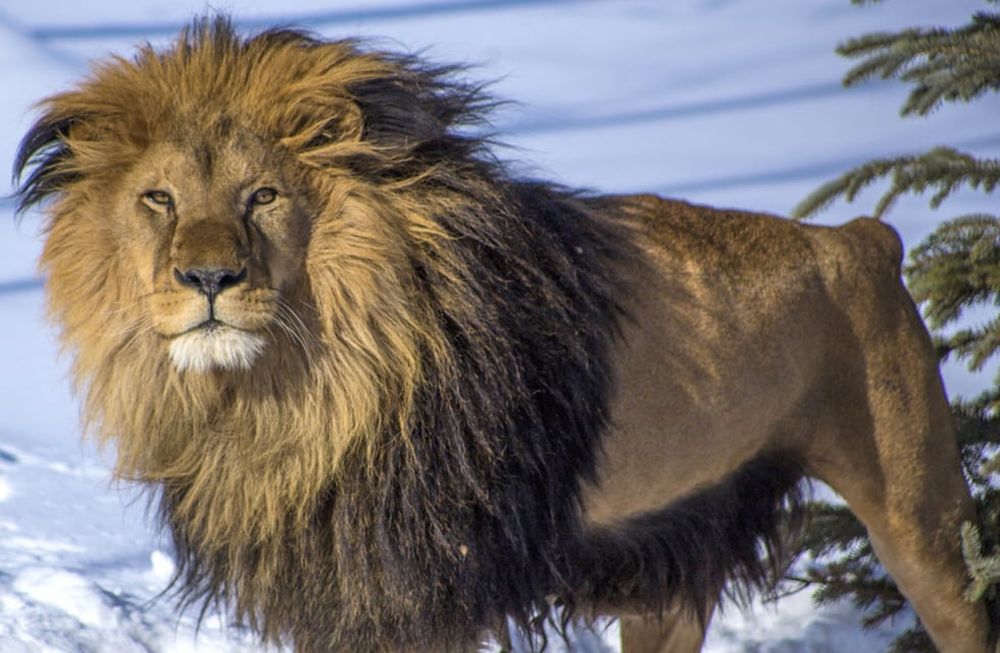
In September 2018, Chupino the lion left his dirt and stone enclosure at the former Mendoza Zoo to begin a new life at the WildCat Sanctuary in Minnesota, USA. The changes in his life were remarkable, from his physical appearance (muscles and mane) to his attitude. Photo: Geraldine Vidal / NGO Enfoque Animal.
The lion and the lioness were the last two lions at the Mendoza Zoo . While they lived in the province, they had to share the same outdoor space , taking turns going outside from inside a dark, caged cave . Thirteen other lions had already died there.
Ten brown bears to the United StatesIn November 2019 , with the precedent of the chimpanzee Cecilia, 10 brown bears were transferred to the Wild Animal Sanctuary (Colorado, United States).
Mendoza bear in the United States Sanctuary
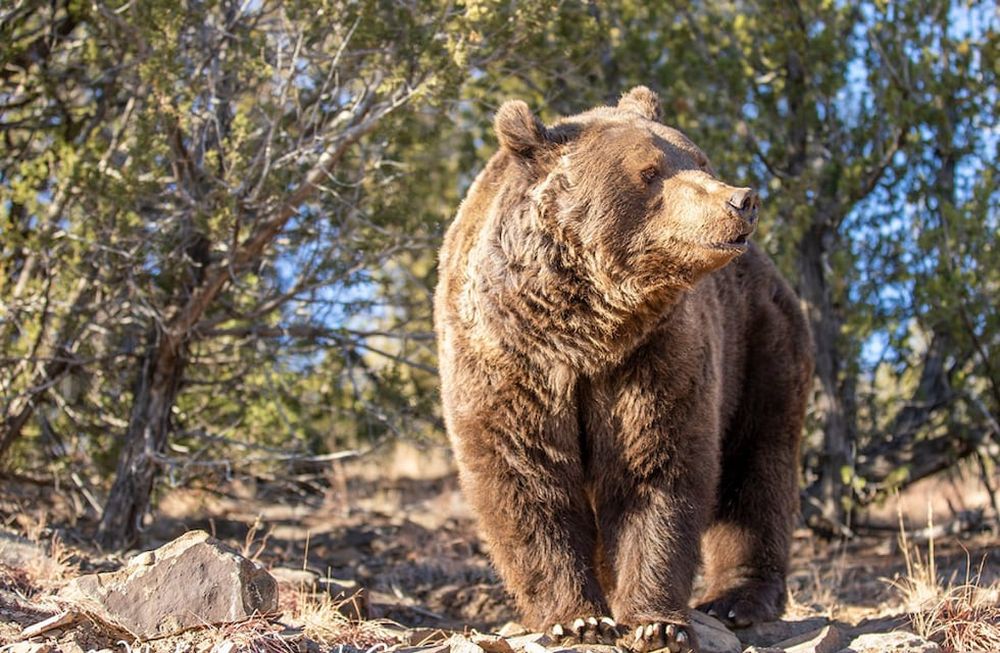
Mendoza bear in the United States Sanctuary
In early May 2022, Pocha and Guillermina left Mendoza for Brazil in two "transport cages," accompanied by an entire entourage that followed their movements and constantly monitored their condition.
Thus, between May 7 and 12, 2022 , they completed the 3,600 kilometers separating Mendoza from the Global Elephant Sanctuary (based in Mato Grosso , in the middle of the Brazilian rainforest). There, they were housed in the enclosure for Asian elephants , where they rejoined the rest of the herd.
The elephants Pocha and Guillermina are among the four elephants in Mendoza who are headed to Brazil. Photo: Ignacio Blanco / Los Andes
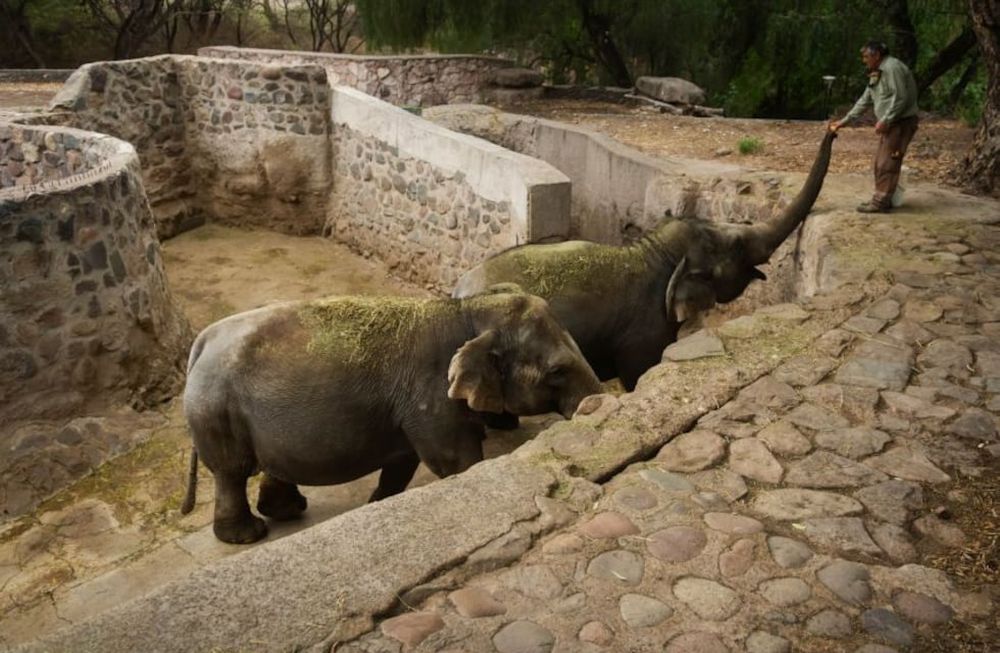
Guille continues to enjoy this environment - the closest he has ever lived to his natural habitat - while Pocha passed away there in October 2022 .
Lucy the TigressTigress Lucy
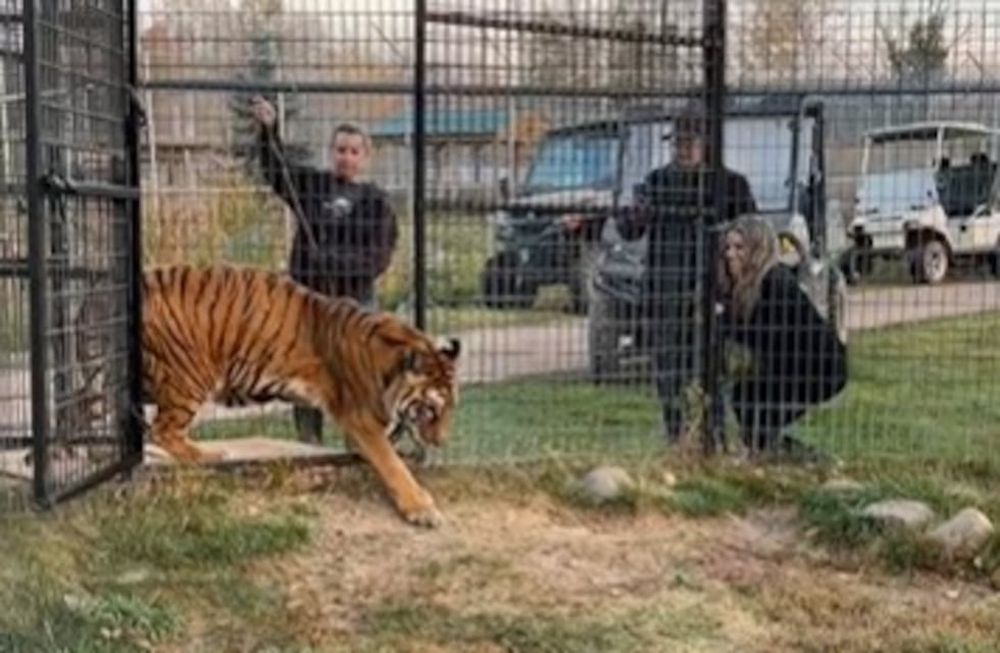
Tigress Lucy
The tigress arrived in Mendoza in 2011 , when she was just 3 years old, at the then provincial zoo. Her arrival was part of an animal exchange with the former Batán Zoo (in the province of Buenos Aires).
Kenya, the last elephant in ArgentinaOn July 9th , in the morning, the 44-year-old African elephant Kenya arrived at the Mato Groso Elephant Sanctuary from Mendoza.
Elephant Kenya arrived at the Sanctuary in Brazil after a 5-day journey from Mendoza.
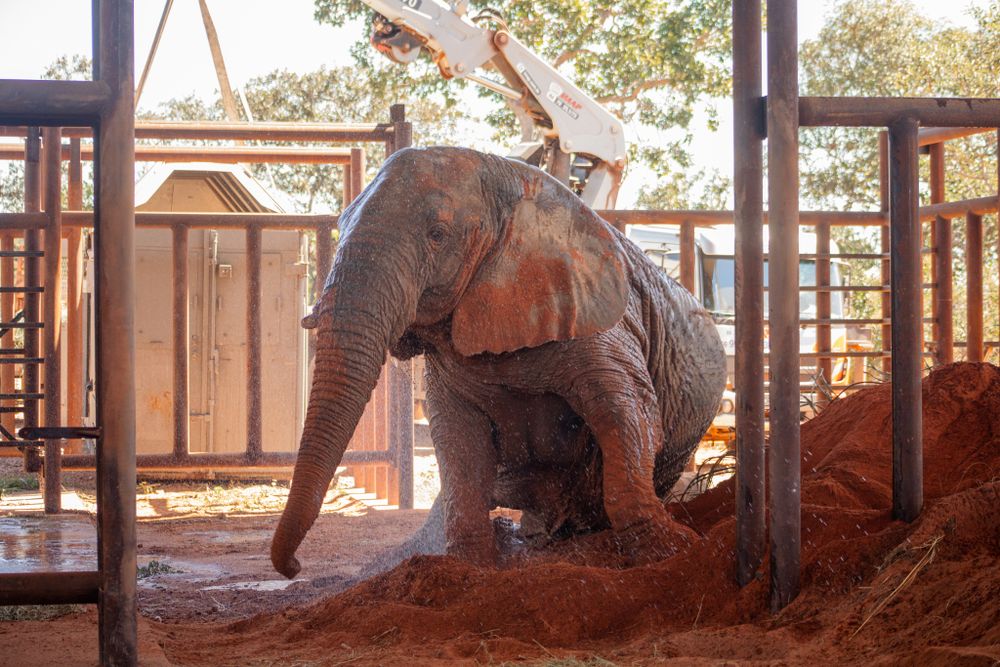
Courtesy of ProyectoELE.org | Franz Weber Foundation
The elephant was born in 1981 and had arrived in Mendoza through an exchange in 1985, following an agreement with the German zoo Tierpark Hagenbeck . She was the only African elephant in the Mendoza Ecopark , and at one point, she gained a reputation for being ill-tempered due to her habit of throwing stones and exhibiting somewhat aggressive behavior.
However, they were nothing more than expressions of frustration and isolation from their reality.
losandes


%3Aformat(jpg)%3Aquality(99)%3Awatermark(f.elconfidencial.com%2Ffile%2Fbae%2Feea%2Ffde%2Fbaeeeafde1b3229287b0c008f7602058.png%2C0%2C275%2C1)%2Ff.elconfidencial.com%2Foriginal%2F6fa%2Ff9a%2F626%2F6faf9a62651241f33a05582cbdd948c2.jpg&w=3840&q=100)
